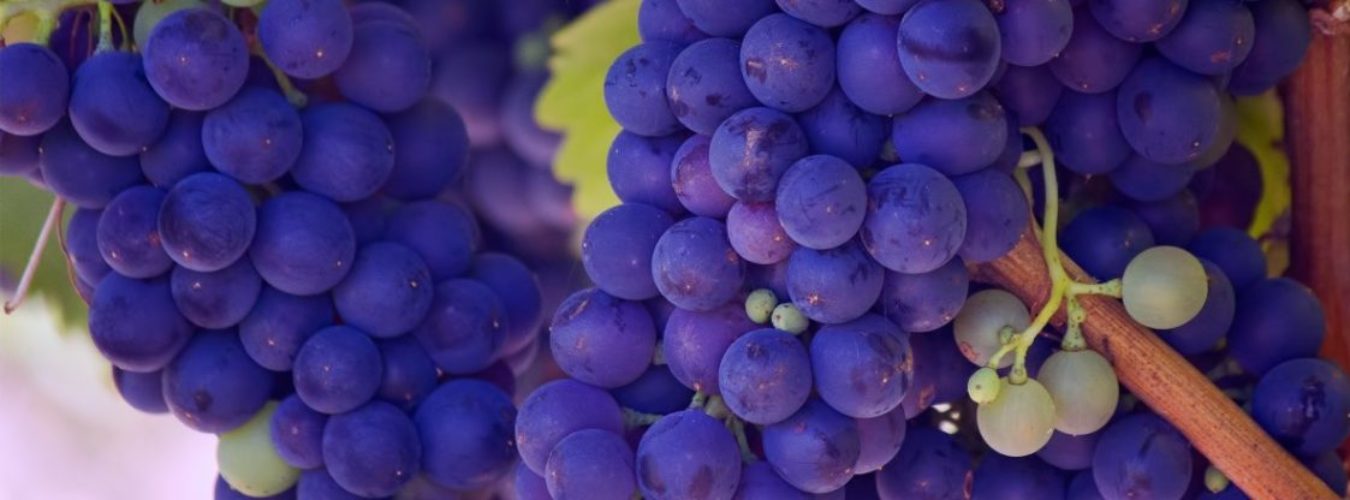“The year of the vintage is very important because if the climate of that year has been very good, grapes have matured in optimal form…”
There is no doubt that the only way to know the quality of a wine bottled is buy the bottle, remove the Cork and wine. But we can have some elements to know in advance what you can expect from a bottle. The same form of the bottle can indicate us the place of origin: bottles “shoulders” (Bordeaux), “no shoulder” (Burgundy), type “flute” (Alsace), etc. If the wine inside the bottle is very low we can deduce that the wine has many years bottled, or it is badly corked. But the instrument that gives us more information about the contents of a bottle is the label.
It is surprising to know that wine labels were made for general use until around 1914; previously it was only used in the best and most distinguished wines. Since then the labels have become more clear and concrete to ensure a better recognition of the product. There are some labels easy to read, especially for being written in english. Others may seem almost impossible to understand, as the German wine, sometimes written in Gothic letters.
Here its before you a French wine label, specifically from the Medoc region, where red wine is almost exclusively made . What first catches the eye is the engraving of the chateau and in the second place, the name of the wine: Château Rausan-Segla. But these details aren’t the only ones to take into consideration. The first thing we look for in a good French wine is the Appellation d’Origine Contrôlée (AOC).
French wines are classified into four categories, from lowest to highest quality:
1 Vin de Table (table wine) where it is not specified the origin of the wine; they are wines made in France, anywhere, with grapes from anywhere, even from foreign countries.
2 Vin de Pays, a better quality table wine, usually associated with some French region, eg.: Aude, Loire, d’ Òc.
3 V.D.Q.S. (Vin anchor of Qualité Supérieure) that comes from certain regions, especially in the South of France, which are considered good enough to be controlled in their quality and guaranteeing their place of origin and the vine varieties permitted in the region, as well as the minimum alcoholic strength.
4 AOC (Appellation d’Origine Contrôlée) the best French wines, where there are many rules for the control of their quality, methods of cultivation, winemaking, authorised vines, maximum production, etc.
If it is a wine of Bordeaux will have to search on the label legend “Mis en bouteilles au chateau“ which means that the wine has been made and bottled on the property (because they do not sell wine in barrels anymore) and this is a guarantee, because all the best Bordeaux wines have to be bottled by the owner of the Château. In Burgundy, it is different. As vineyards may have one or more owners, the big wine merchants buy the production of several vineyards, carry out the vinification and the ageing of the wine and bottle the product in their cellars, so that the label indicate “Mis en bouteilles au domain“. The Domain is the guarantee of quality, such as the Château in Bordeaux. In Burgundy the bottler is the one interested in preserving the prestige of its name associated with the wine. It is more important to know the name of the merchant, the name of the wine.
Then look for the name of the wine, the date of harvest and other specifications regarding content in ml. bottle, alcoholic content in percentage or volume, type of wine, etc.
The vintage year is very important because if the climate of that year has been very good, the grapes have ripened optimally and the resulting wine will have quality features that we hope to find, something that will not happen if the weather has not been good that year.
Finally, in Bordeaux wines, the “Cru Clasee“ indicates that this wine deserved its classification in 1855 as one of the best wines of the Medoc. Between around 3,000 Châteaux, the best 60 were classified with that title. In Burgundy wines are catalogued as “Premier Cru“ and the max degree is if they are “Grand Cru”.
The label corresponds to a second Cru Clasee in the commune of Margaux.

There are many other labels of wines from other regions of France, but the best French wines are the Bordeaux and Burgundy.
How to read a french wine label

